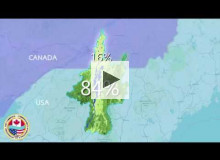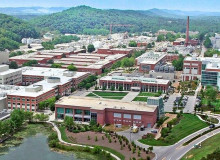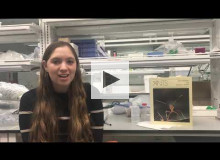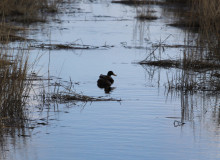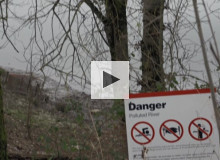Climate
The George Washington University
Amongst a concrete jungle lies wildlife most of us have chosen to ignore, except this campus grounds manager and his university, who seek to redefine what it means to be on campus.
Planet Forward Correspondent | SUNY Plattsburgh
Water management is not always thought of as an international issue, but for unique watersheds like Lake Champlain, flood mitigation has become a concern for all area locals, regardless of borders.
The University of the South
Post-doctoral scientist Neil Williams and his team discover an entirely new chemical mechanism for CO2 sequestration using household humidifiers and hotdog cookers.
SUNY College of Environmental Science & Forestry
These wanted posters will be used to target specific populations in the affected areas to encourage public participation in invasive species surveying & management.
University of Wisconsin-Madison
This story of environmental injustice in southern Wisconsin shows how we can make a difference on a local level to improve the lives of people all over the world.
George Washington University
Biodiversity in the Cerrado of Brazil is threatened; learn about the researchers investigating Turtle Ants in this unique biodiversity hotspot.
SUNY ESF
Wetland habitat loss is a major problem that affects the biodiversity of ecosystems.
University of Wisconsin Madison
Design is behind every product and industry. By keeping the earth and its inhabitants in our mind when designing then we can create a world we are proud of.
GWU Undergraduate Student
In a commitment to take at least 5 minutes to be outside, The Backyard Project is an idea to recreate our connection with the Earth.
University of Wisconsin Madison
Industrial agriculture is a huge contributor to greenhouse gas emissions and now, more than ever, people are exploring alternative food cultivation systems such as hydroponics to offset the damage done by industrial agriculture.


